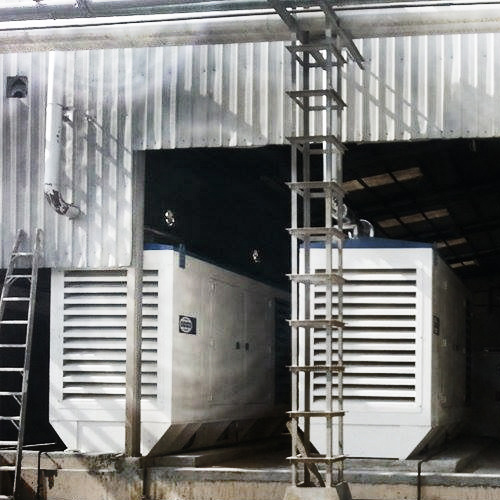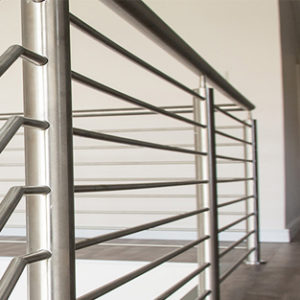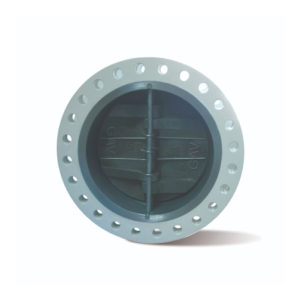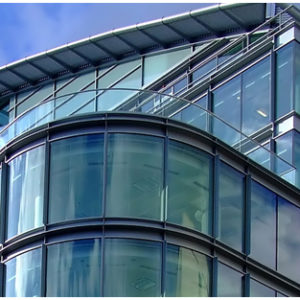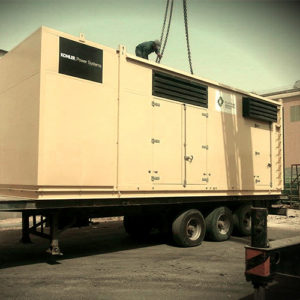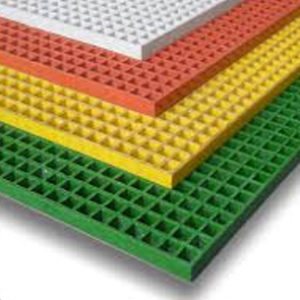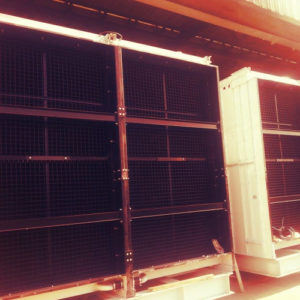Description
The principal activities associated with fabrication of steelwork include cutting, forming holes, assembling and attaching components, cleaning and protecting.
There are a number of cutting processes used in fabrication depending on particular requirements. These automatic saw cutting, gas cutting.
Material is normally delivered to the fabricator in standard sizes which must first be cut into the required lengths. There are a number of cutting processes depending on the nature of the component and the cut.
Flame cutting, guillotining or shearing can used for cutting and shaping plate.
Plates and other flat products are more awkward to handle and are sheared by guillotine for straight cuts. For cutting irregular shapes flame cutting is a more versatile method, and multiple head flame cutters can be used where a number of identical cuts are required.
Flame cutting (also known as oxygen fuel gas cutting) is used where guillotining is not suitable because of the plate thickness or length or because of the shape required. Plasma and laser cutting are increasingly being used instead of oxy-gas burning, providing more accurate, smoother and less hard cut surfaces.
Guillotines are mechanical or hydraulic machines for shearing components out of flat plate and bars up to 25mm thick Cropping is similar to guillotining although involving small sections and flat bars. Holes for bolting can be formed, by punching or drilling.
Drilling:
After cutting to length, holes are formed, by punching or drilling, to receive bolted attachments. Punching, which is suitable for relatively thin sections, is a shearing process where holes are ‘punched’ through the plate. Drilling uses conventional twist drills. In a fabrication workshop electrically operated or air operated hand drilling machines, bench drills, mobile or upright drilling machines are used depending upon the work in hand. Multi-spindle drilling machines, controlled by computer programs are very efficient for simultaneously drilling multiple holes. It is generally more efficient to assemble components during fabrication than on-site. In general, individual elements of a frame are prepared at the fabrication works and then assembled on site. There may sometimes be an advantage in doing some assembly at the works. This is particularly true for assemblies such as trusses which involve a large number of small components. For some structures, it is essential to reduce site activity to a minimum, and in such cases the fabrication might include non-structural components. Sub-assemblies should not be so large as to make handling and transportation difficult. Extensive assemblies, such as large trusses, can be difficult to transport. In such cases they are often divided into two or three sub-assemblies which are connected on site by bolting.

